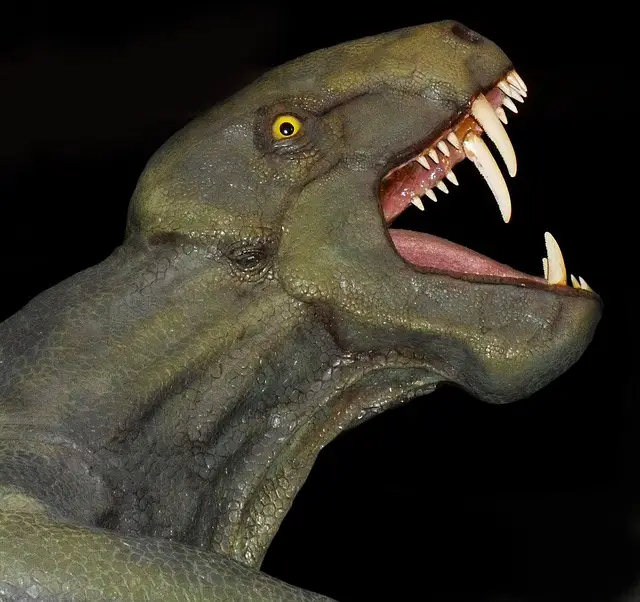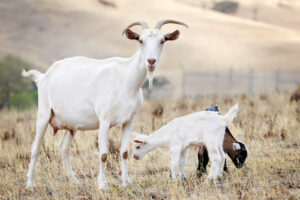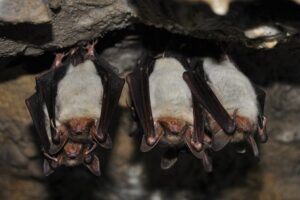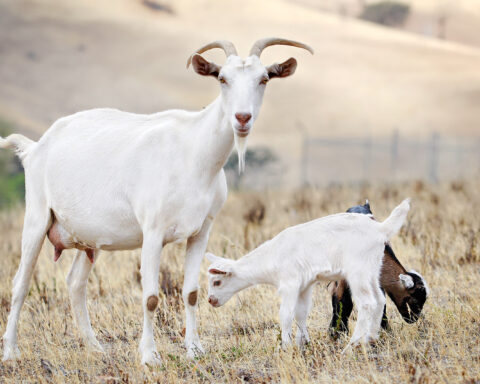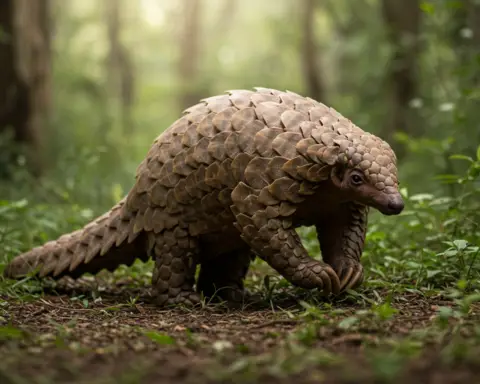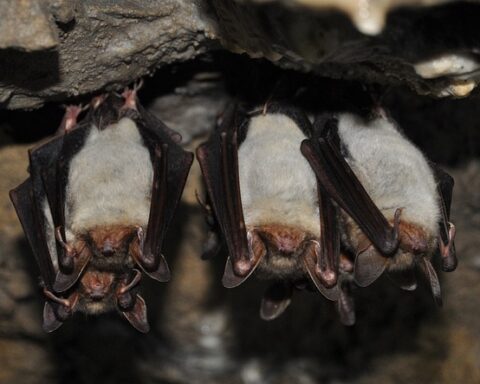The Earth and its animal kingdom are truly fascinating. There are between 1 and 2 million different species of animals on the planet today. Sadly, many of these are endangered.
In the past, there were other incredible creatures that roamed the planet, hunted, and then died out. We know these ancient animals exist because they left behind fossils, bones, and teeth.
From these, experts have been able to reconstruct their skeletons and discover how they would have looked. They have also found out what their diets were like, and even if they were omnivores, carnivores, or vegetarians.
If you have ever wondered what a Bengal tiger would eat, you can Google it. But, discovering what ancient animals ate means looking at their teeth and other clues.
What is meant by ancient animals?
Ancient animals could allude to what is typically known as prehistoric creatures. Or in layman’s terms; dinosaurs. Calling all ancient animals as dinosaurs is not strictly factual, but it is a reasonable enough statement.
Out of these prehistoric animals, perhaps the biggest was the Dreadnoughtus according to Britannica. It is unlikely you would want to meet many of these creatures close up, even if they were a herbivore.
Then, of course, there were the ones who would find you quite tasty indeed.
However, man and dinosaurs never coexisted. Although there are some great movies involving dinosaurs, humans didn’t come along for a long time after dinosaurs had died out.
When were dinosaurs on the planet?
According to the Natural History Museum in Great Britain, dinosaurs roamed the earth for 170 million years. It is believed that dinosaurs were here somewhere like 230 million years ago.
It is incredible in many ways that humans are lucky enough to have witnessed preserved bones and fossils from these periods. Later on, other creatures arrived such as the mammoth and the saber-toothed tiger.
In 2020, a preserved mammoth was found in Siberia, the best of its kind so far. This mammoth, named Yuka, is believed to be about 28,000 years old. You may be interested to know that even though mammoths were huge creatures, they lived on grass.
What can their fossil teeth tell us about their diets?
Many people collect teeth from ancient dinosaurs, and fossils make for a fascinating hobby. The study of these teeth reveals much information as well.
For instance, the shape of dinosaur teeth can indicate what food they were likely to eat. Meat requires significantly more work to tear through and chew than, say, vegetation. Therefore, sharp and pointed teeth are more likely to belong to a carnivore.
When you consider that dinosaurs would prey on other very large creatures, you can imagine that these teeth needed to be very long and sharp.
Flat teeth are indicators of a herbivore, or a vegetarian if you prefer. The hippopotamus has the largest teeth of any land animal. This large animal is also one of the most dangerous. Yet they also mostly eat grass. While they have terrifying tusks they have much flatter teeth behind. Much like an elephant does.
The shape of the teeth wasn’t the only indicator though
There are other clues in ancient animal teeth, or dinosaurs, that give away what their diets were.
That is the amount of enamel on them. Scientists believe that thick enamel is a sign that the creature would need to be able to crush hard objects. This could allude to the bone, for instance, nuts, or seeds.
Thin enamel would make for sharper edges which are better for fruit and vegetation.
Are any of these creatures still alive today?
It isn’t entirely accurate to say that all ancient animals went extinct or died out. Some of them are alive now, or at least ancestors of them.
Jellyfish, sponges, crabs, the Komodo dragon, and salamanders are all ancient creatures in their own way. The coelacanth has barely evolved in hundreds of millions of years, and still exists today. Although this fish is critically endangered now.
Crocodiles are a great example of an animal that evolved from prehistoric times. Sharks too. The sharks that humans know today are around 100 million years old. Perhaps the most famous, and most notorious, is the Great White Shark.
What does a great white shark look like you may wonder? Well, up close you would see about 3,000 teeth! It is no secret what they feed on as they live in the oceans. They are also quite misunderstood so you needn’t get too concerned about movies such as Jaws.
Summary
Scientists have also discovered clues about what these ancient creatures ate through fossilized remains in the stomach cavities of the skeletons. However, their teeth give many clues.
Collecting fossils is an excellent hobby, and it is one way to start learning more about these incredible animals that are no longer roaming the Earth.

